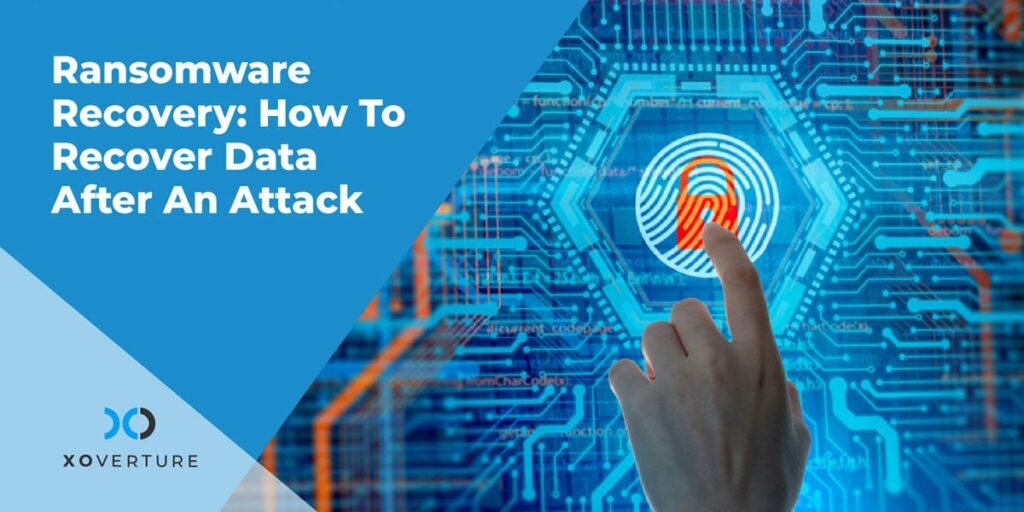Unfortunately, ransomware is on the rise. As noted in recent news from SC Magazine, authorities caught hackers earlier this year spreading ransomware called TeslaCrypt, which uses anonymous networks like the Tor net as well as “exploit kits“, such as Angler, to hold important documents of companies for ransom. The ransom amount ranges typically between $250-$1000, according to SC Magazine. The ransomware gains access to files on machines, encrypts them with extremely powerful encryption technology so that companies no longer have access to their most crucial or sensitive documents, and then the hackers demand ransom.
Although this extreme example of hackers actually gaining access to files does not represent the nature of every kind of ransomware threat (some are merely social engineering techniques, which we’ll discuss in detail as well), it’s a scenario that’s becoming more common.
Fortunately, there are three things you can do to protect yourself from catastrophic file loss at the hands of hackers using ransom techniques:
Tips to Protecting Business From Ransomware
1. Be Smart About How You Back Up Your Data
This first step assumes you’re backing up all data on your computers regularly. If you’re not, establish that habit immediately — and do it right away. As HowToGeek advises: “…place [your back-up files] on a removable hard drive or upload them to a remote backup service…that would allow you to revert to previous versions of files. Don’t just store your backups on an internal hard drive or network share you have write access to…”
In other words, make sure your back-up data is going somewhere that is physically separated from your machine. Having a secured back-up of critical files takes the teeth out of a hacker’s ransom threat. You can essentially say, “Fine, destroy my files after that deadline that your warning message keeps flashing on my monitor. There’s no way I’m giving you a dime.”
Also, set up an automated back-up protocol. Don’t rely on your memory, post-it notes, or calendar alerts. If you’re automatically backing up your data daily, you reduce the risk that a hacker can catch you off guard in the gap between back-ups.
2. Educate Yourself and Your Employees About Social Engineering
Not all ransom schemes come from a hacker’s invasion into your machine. They also use the “scareware” tactic, in which malware pretending to be a “message from the FBI”, for example, gains access to your computer, and then flashes a message on your screen that tells you something truly frightening — i.e. that illegal files have been downloaded onto your computer, and unless you pay a fine, the FBI will be coming for you.
This writer for Forbes advises the following steps: “A healthy dose of skepticism is one of the best defenses against ransomware, and an informed user base is one that is less likely to fall prey to ransomware schemes–especially the social engineering variety…On the flip side, encourage end-users to ask questions, and don’t create a blame environment.”
The strategy here is simple: 1) inform all employees about these threats, especially the social engineering techniques that try to scare people into action; and 2) remove all fear. Make it clear to your employees that if any scenario above happens to them, they will never be blamed, and they should never try to take action on their own. In fact, they will be praised for immediately reporting anything like this to their IT department.
Also Read: Antivirus – Get to XO Before Viruses Get to You
3. Create a Mental Habit of Not Clicking On Links in Emails
As Cadie Thompson documented in this June 2015 article from Business Insider, hackers are getting very convincing in their email schemes — everything from posing as your utility company to your friend sending you an email asking you to click on a link.
The best advice?
Don’t click on links in emails unless it’s a conversation that you initiated with a friend or coworker that includes a link you requested or if there’s another obvious indicator that makes it clear it’s legitimate. If your bank, utility company, barber, a random friend from Facebook or Twitter suddenly wants you to click a link for whatever reason, just play it safe and close the email, log-in to your account through the company’s legitimate website and check your account alerts to verify the claim of the email, or contact your friend to verify that the link is real.
Contact us to discover our superb customer service and reliable Los Angeles IT support that can protect your company from predatory hackers.




